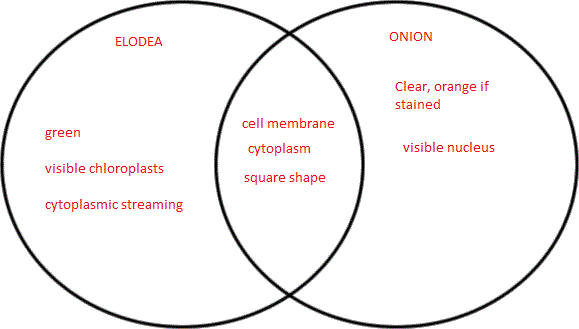Plant Cell Lab Key
Original Document: Plant Cell Lab
Prelab Preparation
Onions can be prepped beforehand using an onion you buy at a grocery store. You can also demonstrate removing the sliver of skin needed to place on the slide and have students remove it themselves. This would require more onions but you can cut it into quarters. I prefer this method, but it does take more time and you might want to have convenient sinks.
Elodea can be obtained from biological supply companies or from fish stores. Some states restrict this plant though. You can substitute with other aquarium plants, the trick is to get a plant with a very thin cuticle so that the cells are visible. I grow elodea in a jar and keep it year after year.
Prelab Questions
1. What is the function of chloroplasts? capture sunlight and convert into chemical energy; photosynthesis
2. Name two structures found in plant cells but not animal cells. chloroplasts, cell wall, central vacuole
3. Name three structures found in plant cells AND in animal cells. cell membrane, nucleus, cytoplasm, mitochondria, endoplasmic reticulum, ribosome, golgi apparatus
4. What structure surrounds the cell membrane (in plants) and gives the cell support. cell wall
Part A - Onion Cells
Obtain a prepared slide of onion cells or prepare one yourself. View under the microscope and sketch the cells at each magnification. Label the cells as they appear under high power.
Images will vary based on student skill and attention to detail. View my microscopy set at flickr for real photos of onion and eloda cells.
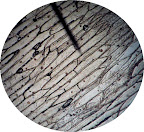
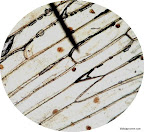
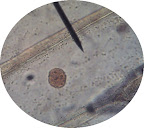
Part B - Elodea Cells
View a prepared slide of elodea (anacharis), which is an aquarium plant. As the slide warms from the light of the microscope, you may see the chloroplasts moving, a process called cytoplasmic streaming.
Images will vary based on student skill and attention to detail. View my microscopy set at flickr for real photos of onion and eloda cells.
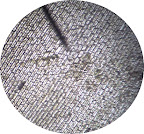
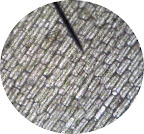
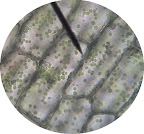
Post Lab Questions
1. Describe the shape and the location of chloroplasts. Small green circles that circle around the vacuole
2. Why were no chloroplasts found in the onion cells? (hint: think about where you find onions) Onions are root plants, they do not photosynthesize
3. Which type of cell was smaller - the onion cells or the elodea cells? elodea was smaller
4. Fill out theVenn Diagram below to show the differences and similarities between the onion cells and the elodea cells. Answers vary, sample: 